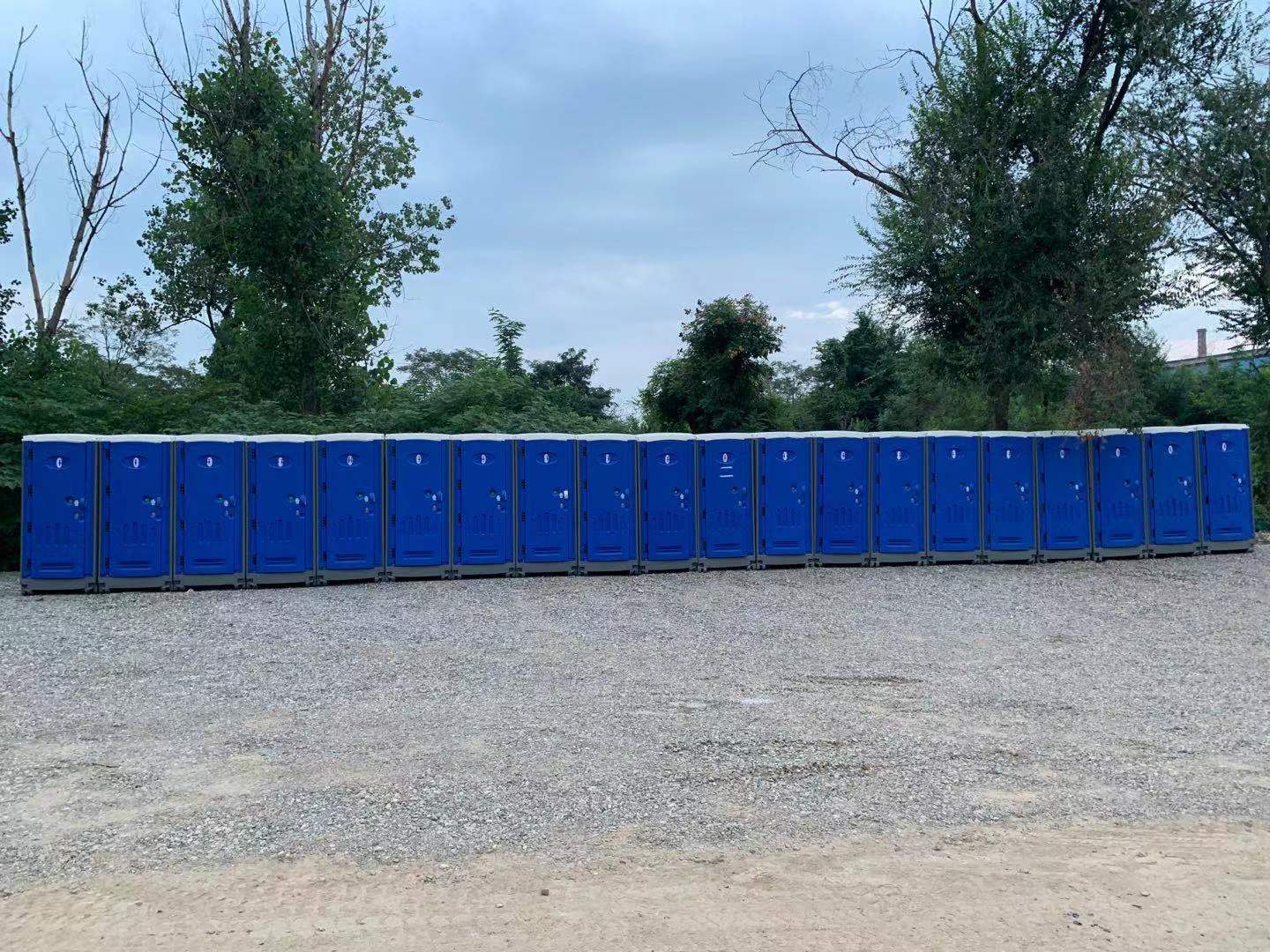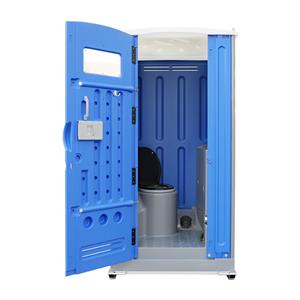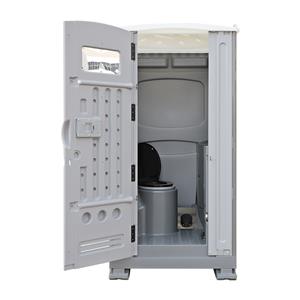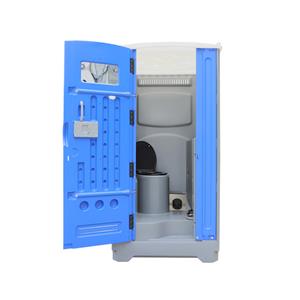Blog Title: This Isn't Just a Toilet, It's Your Event's Reputation: The Ultimate Insider's Guide to Portable Toilets
You can book a Grammy-winning artist. You can commission a menu from a Michelin-starred chef. But if your guests spend their precious time shifting from foot to foot in an endless line, just to use a filthy, rickety plastic box, what do you think they'll complain about to their friends later?
This is the harsh, unvarnished truth of the event industry. Sanitation, the least glamorous part of the job, acts as a silent judge, quietly scoring your entire event. When it's done right, it's perfectly invisible. When it's done wrong, it becomes the only thing anyone remembers.
So, forget the generic, copy-pasted checklists you've found online. This is an insider's brief from the front lines, filled with the kind of wisdom that only comes from learning things the hard way. We're going to dive deep into how to accurately forecast your real needs, why the quality gap between different portable toilets is a chasm, and why a commitment to excellence—down to the very molecules of plastic used to make a toilet—is the litmus test that separates the professionals from the amateurs. We will put a laser focus on the often-mishandled world of accessibility, because true hospitality leaves no one behind.
This isn't just about renting or buying a mobile toilet; it's about making a smart, strategic decision that will defend your event's reputation.

The Ripple Effect of a Bad Toilet: How It Silently Sabotages Everything
A failing sanitation plan isn't a contained problem. It's like a stone thrown into a calm lake, sending out negative ripples that poison every corner of your event.
First, it kills the atmosphere. Nothing drains the energy from a happy crowd faster than physical discomfort. Long lines breed frustration and anxiety. Unpleasant facilities make people feel disrespected. Instead of immersing themselves in the experience you've meticulously crafted, your guests are checking their watches, plotting their escape.
Second, it's a potential health hazard. This isn't being dramatic; it's a matter of public safety. Insufficient or poorly maintained facilities quickly become breeding grounds for germs. Providing ample, clean toilets and handwashing stations isn't just a courtesy; it's your non-negotiable responsibility as a host.
Finally, it makes you look unprofessional. The details tell the story. Overlooking a need as fundamental as restrooms suggests a lack of experience or a disregard for detail. Conversely, a well-executed sanitation plan operates silently and efficiently in the background, becoming a quiet testament to your expertise, foresight, and commitment to quality.
Beyond the Headcount: How to Calculate Your Real Needs
The old "one toilet per 100 guests" rule is a dangerous trap. It's so oversimplified it's practically useless in the real world. A professional plans for reality, not a neat formula.
The Alcohol Modifier: This is the single most important variable, bar none. If your event serves alcohol, you must fundamentally change your calculations. Alcohol is a diuretic, which means restroom usage will increase exponentially. A reliable rule of thumb: for every five standard toilets your baseline calculation calls for, add at least one more if alcohol is on the menu. This isn't a suggestion. It's an imperative.
The Law of Time Decay & The Service Guarantee: The holding tank of a portable toilet is finite. Its level of cleanliness "decays" with every single use. Therefore, any event lasting longer than four to five hours demands a service plan. A "mid-event reset"—scheduling a service truck to pump, clean, and restock—is the secret weapon of veteran planners. For a multi-day festival, daily (or even twice-daily) servicing isn't a luxury upgrade; it's a necessary operational cost to prevent a total system collapse. Budget for it.
The Human Factor Variable: The crowd behavior at a corporate luncheon is vastly different from that at a rock concert. An event with a higher percentage of women and families will require more facilities to prevent queues, as their average usage time is longer. Acknowledge this reality and plan for it; your event's flow will thank you.
Choosing Your Arsenal: From the Functional "Workhorse" to the "Ambassador" of Class
The type of mobile toilet you choose sends an immediate, powerful signal about the caliber of your event.
The "Workhorse" (Standard Unit): For festivals, 5K races, and community fairs, the standard portable toilet is your front-line soldier. It’s designed for durability and efficiency. But even here, quality is not a given. A superior standard unit should be well-ventilated and structurally sound, not a flimsy box that feels like it could be tipped by a stiff breeze.
The "Ambassador" (Luxury Restroom Trailer): For a wedding, a corporate gala, or a VIP enclosure, a standard blue plastic box is unacceptable. It's almost an insult. This is the exclusive territory of the luxury restroom trailer. These are not "toilets"; they are "mobile restrooms." Featuring flushing toilets, running hot and cold water, climate control, vanity mirrors, and high-end lighting, they offer a level of comfort that matches the prestige of the event. It's an investment, but one that maintains the high-end experience and shows your most important guests you value them.
The Unbreakable Rule: Where Reputations Are Forged and Broken
Now, let's talk about the place where it's easiest to fail, and where that failure is most catastrophic: accessibility.
Getting this wrong isn't just an oversight; it's a professional and ethical failure. Sticking a wheelchair symbol on a big door does not make a toilet "accessible." A truly safe and functional handicap portable restroom is a product of specific engineering, born from a deep understanding of and respect for special needs.
As a planner, you must become a semi-expert on this. A compliant wheelchair portable toilet must have three non-negotiable features:
1.A Zero-Threshold Floor: No steps, no ramps, no barriers.
2.A 360-Degree Turning Radius: Enough interior space for a wheelchair to make a complete turn with ease.
3.Structurally Reinforced Grab Bars: The grab bars must be able to support the full weight of an adult during a transfer, which means they must be anchored to the main structure of the toilet.
This last point is where the manufacturer's expertise becomes your greatest asset or your greatest liability. A grab bar is only as strong as the wall it's attached to. This is why a company like Xiamen Toppla Material is so obsessive about their manufacturing process.
Let's talk engineering. Many mobile toilets are assembled from separate, thin panels. At every seam, a structural weak point exists. Toppla uses rotational molding, which creates the entire toilet shell as a single, seamless "unibody" structure. Think of the difference between a car frame welded from dozens of parts and one stamped from a single piece of steel. The unibody is exponentially stronger.
When a person with a disability relies on that grab bar for their safety and stability, that bar must not fail. Anchoring it to a rotationally molded, solid frame provides a level of structural integrity that assembled products simply cannot match. Furthermore, Toppla uses high-grade HDPE (High-Density Polyethylene), a non-porous material. This means it doesn't absorb odors—it doesn't "remember" the last event. It can be cleaned and sanitized to a more dignified, hygienic standard.
Your Action Item: Before you sign any rental contract, you must ask your provider these two questions:
"Are your accessible units rotationally molded for unibody strength?"
"Are they made from non-porous HDPE?"
If they hesitate, can't answer, or try to avoid the question, find another provider immediately. Your guests' safety is not negotiable.
Battlefield Tactics: The Art of Placement
Where you put the toilets is almost as important as how many you have. You need to think like a battlefield commander.
Disperse, Don't Concentrate: Never create a single, massive "toilet city." This creates horrific traffic jams. Instead, establish multiple, smaller, well-signed "sanitation pods" throughout your event site.
Plan Your Supply Lines: The service truck is a heavy vehicle. It needs a clear, wide, and solid path for access. Plan this service route before you plan anything else.
Respect the Elements: Always place toilets downwind from your main event and food areas. Never place them at the bottom of a slope (they will flood in the rain) or on soft, uneven ground. Find firm, level, dry land.
The Last Word: Don't Be Remembered for the Wrong Thing
Ultimately, how you handle sanitation is more than a logistical decision. It's a declaration.
It declares your competence, your foresight, and your respect for every single person you invited. By treating this critical, often-overlooked element with the strategic importance it deserves, by investing in high-quality equipment, and by holding an uncompromising standard for true accessibility, you are not just preventing a potential disaster. You are laying the very foundation for a successful event.
The state of your sanitation is the quietest, yet most honest, review your event will ever receive. Make sure it's a five-star review.




